Home>Garden Essentials>When Should You Start Planting Seeds
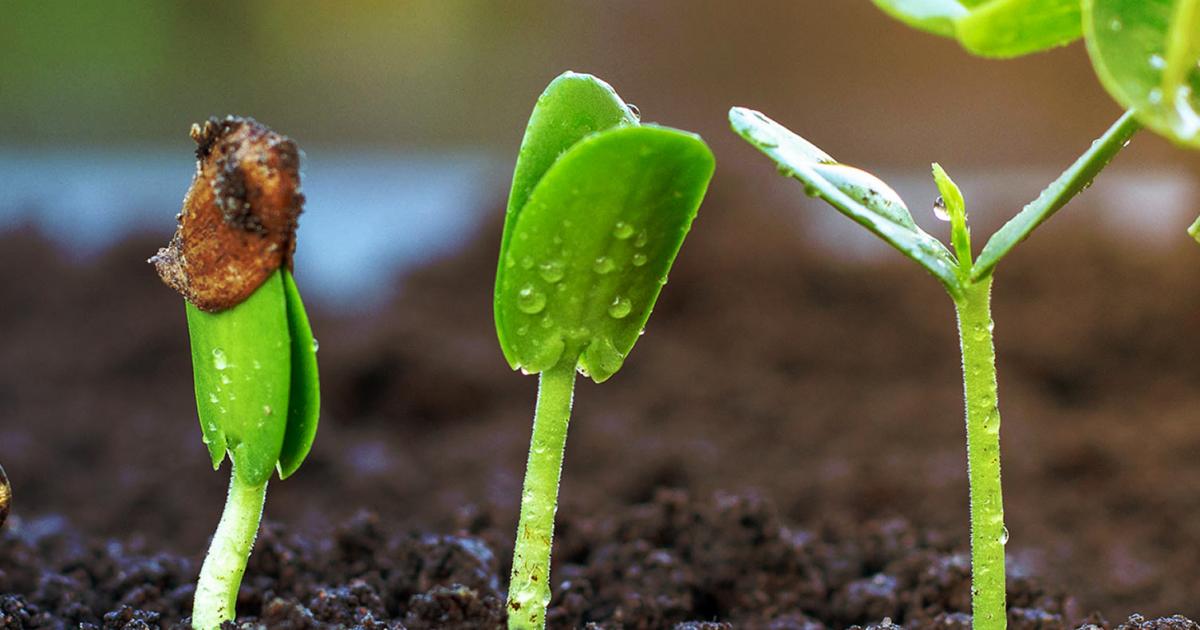

Garden Essentials
When Should You Start Planting Seeds
Modified: March 21, 2024
Discover the best time to start planting seeds in your garden. Learn tips and tricks for successful seed planting and ensure a thriving garden.
(Many of the links in this article redirect to a specific reviewed product. Your purchase of these products through affiliate links helps to generate commission for Storables.com, at no extra cost. Learn more)
Introduction
Gardening is a truly rewarding experience that allows you to connect with nature and bring beauty to your surroundings. One of the key aspects of gardening is planting seeds, as it is the starting point for growing a lush and vibrant garden. However, knowing when to start planting seeds can be a bit tricky.
Timing is everything when it comes to seed planting. Plant too early, and your seeds may be at risk of frost damage; plant too late, and they may not have enough time to grow and flourish. It’s essential to consider various factors before deciding the optimal time to start planting your seeds.
In this article, we will explore the key factors to consider when it comes to seed planting and provide you with valuable tips to ensure successful germination and growth.
Key Takeaways:
- Timing is crucial for seed planting. Consider factors like hardiness zone, climate, and frost dates to ensure successful growth in your garden.
- Prepare your soil and use proper techniques for starting seeds indoors or direct sowing to maximize your garden’s potential.
Read more: When Should You Plant Seeds
Factors to Consider before Planting Seeds
Before you start planting seeds, it’s important to take a few factors into consideration to ensure the best possible outcome for your garden. Here are some key factors to keep in mind:
- Hardiness Zone: Your hardiness zone is determined by your geographical location and plays a crucial role in determining the suitable planting times for various crops. Understanding your hardiness zone will help you determine the appropriate timing for seed planting.
- Planting Dates: Each plant has specific planting dates that are based on its growth rate, maturity period, and tolerance to temperature fluctuations. Research the recommended planting dates for the specific plants you intend to grow to optimize their growth and development.
- Growing Season: The length of your growing season is an important factor to consider when determining when to plant seeds. Some plants require a longer growing season to reach maturity, while others can be planted later in the season and still thrive.
- Soil Temperature: Different plants have different soil temperature requirements for germination. It’s crucial to know the ideal soil temperature range for the seeds you plan to plant. Use a soil thermometer to gauge the temperature in your garden before planting.
- Microclimates: Your garden may have microclimates, which are small areas with slightly different conditions than the surrounding environment. These microclimates can affect the temperature, moisture levels, and sunlight exposure in specific areas of your garden. Take note of these microclimates when planning your seed planting.
By considering these factors, you can make informed decisions about when to start planting your seeds, ensuring that they have the best chance of thriving in your garden.
Optimal Time to Start Planting Seeds
The optimal time to start planting seeds can vary depending on the region and specific plants you are growing. However, there are general guidelines that can help you determine the best time to sow your seeds.
First and foremost, knowing your local climate is essential. Understanding the average temperatures, frost dates, and length of the growing season in your area will give you a good indication of when to start planting.
A common rule of thumb is to begin planting seeds indoors about 6-8 weeks before the last frost date in your region. This allows the seeds time to germinate and develop into strong seedlings, ready for transplantation outdoors after the danger of frost has passed.
For example, if the average last frost date in your area is around mid-May, you would start planting your seeds indoors around late March or early April. By the time the last frost has occurred, your seedlings should be well-established and ready for the outdoor growing conditions.
It’s important to adjust this timeline based on the specific requirements of the plants you are growing. Some plants, such as tomatoes and peppers, benefit from an extended indoor growing period to ensure they reach their full potential.
On the other hand, there are cold-hardy crops like lettuce and peas that can be planted directly in the ground as soon as the soil is workable and the temperatures have moderated after the winter season. These crops thrive in cooler temperatures and can tolerate light frosts.
Being aware of the recommended planting windows for various crops is also crucial. Consult seed packets, gardening guides, or reputable online resources to determine the optimal time frames for planting specific plants in your region.
Remember that gardening is an ongoing learning process. Keep a garden journal to record your planting dates, observations, and successes or challenges you encounter. This will help you refine your planting schedule in subsequent seasons and improve your gardening skills.
By taking into account your local climate, frost dates, and the specific requirements of the plants you are growing, you can determine the optimal time to start planting seeds and set your garden up for success.
Climate Considerations
Understanding your climate is crucial when it comes to successful seed planting. The climate in your region determines the growing conditions that your plants will experience throughout the season.
There are broad climate categories ranging from tropical to arid to temperate, each with its own unique characteristics. Here are a few climate considerations to keep in mind:
- Average Temperature: The average temperature in your region plays a significant role in determining which plants will thrive and when to start planting. Some plants prefer warmer temperatures, while others can tolerate cooler conditions.
- Temperature Extremes: Consider the temperature extremes in your area, such as scorching summers or freezing winters. Certain plants may not be able to handle these extremes and require additional protection or specialized care.
- Humidity Levels: The humidity level in your region impacts plant growth and disease susceptibility. Plants that thrive in high humidity may struggle in low humidity environments and vice versa.
- Rainfall Patterns: Take note of your region’s rainfall patterns and the availability of water for your plants. Some plants require consistent moisture, while others are more drought-tolerant.
- Sunlight Exposure: The amount of sunlight your garden receives is crucial for plant growth. Determine the sunniest spots in your garden and plan your plant placements accordingly, taking into account plants’ light requirements.
- Microclimates: Within your garden, there may be microclimates—small areas with slightly different climatic conditions. These microclimates can be influenced by factors such as buildings, trees, or shade. Take advantage of microclimates to grow plants that have specific temperature or sunlight preferences.
Understanding the climate in which you are gardening allows you to choose suitable plant varieties, adjust your planting schedule, and provide the necessary care and maintenance for your plants. It’s important to research plants that are well-suited to your specific climate and ensure that your garden’s conditions align with their requirements.
By taking climate considerations into account, you can create an environment that supports healthy plant growth and maximizes your gardening success.
Understanding Frost Dates
Frost dates are essential to understand when planning your seed planting and garden care. Knowing the average date of the first and last frost in your region is crucial for determining when it is safe to start planting tender crops.
A frost occurs when temperatures drop to 32 degrees Fahrenheit (0 degrees Celsius) or below. Frost can damage or even kill tender plants, stunting growth or causing them to wither. To protect your plants, it is important to consider both the average spring and fall frost dates in your area.
The last frost date in spring is crucial because it marks the point at which the risk of frost damage is significantly reduced. After this date, the likelihood of freezing temperatures decreases, allowing you to safely plant more delicate crops outdoors.
The first frost date in fall is equally important. It indicates the end of the growing season and informs you when to harvest or protect your plants from impending frost. The first frost dates also help determine when to start preparing your garden for winter.
It’s important to note that frost dates can vary from year to year, influenced by local weather patterns and climate fluctuations. While historical frost date averages can provide guidance, it’s always a good idea to monitor weather forecasts and pay attention to local gardening communities for more accurate predictions.
Many gardening resources, including seed packets and online resources, provide frost date information based on specific regions. However, keep in mind that microclimates within your garden can also affect frost dates. Areas near buildings, large trees, or bodies of water may experience slightly different frost dates compared to open spaces.
To protect your plants from frost damage, you can use various techniques such as covering them with frost blankets, constructing temporary cold frames, or bringing potted plants indoors during cold nights. These measures can help extend the growing season, protect young seedlings, and allow you to continue harvesting well into the fall.
Understanding frost dates and taking appropriate precautions will help you make informed decisions regarding planting, harvesting, and garden care, ensuring the health and success of your plants.
Start planting seeds indoors 4-6 weeks before the last frost date in your area. This will give your seedlings enough time to grow strong before being transplanted outside.
Read more: When Should You Plant Marigold Seeds
Soil Preparation
Preparing the soil is an essential step in creating a favorable environment for your plants to grow and thrive. Proper soil preparation ensures that your plants have access to essential nutrients, good drainage, and a healthy root environment. Here are some key steps to take when preparing your soil for seed planting:
1. Clear the Area: Begin by clearing the planting area of any weeds, rocks, or debris. These can hinder seed germination and compete with your plants for nutrients and water.
2. Test the Soil: It’s a good idea to test your soil’s pH level and nutrient content. This will provide valuable insights into its composition and help you determine if any amendments are needed. Soil test kits are readily available at garden centers or through local agricultural extension offices.
3. Add Organic Matter: Improving the soil’s structure and fertility is crucial for successful seed planting. Incorporate organic matter such as compost, well-rotted manure, or leaf mold into the soil. This will enrich the soil with nutrients, improve its texture, and enhance water retention.
4. Loosen the Soil: Use a garden fork, tiller, or hand tools to break up compacted soil and improve aeration. Loosening the soil allows plant roots to penetrate easily, access nutrients, and promote healthy growth.
5. Amend the Soil: Based on your soil test results, make any necessary amendments to adjust pH levels or correct nutrient deficiencies. Adding materials like lime for acidic soil or sulfur for alkaline soil can help create a more balanced environment for your plants.
6. Level and Smooth the Soil: After adding amendments, rake the soil to level it and create a smooth surface. This will make seed planting more consistent and facilitate water distribution across the bed.
7. Mulch the Soil: Applying a layer of organic mulch, such as straw or wood chips, helps retain soil moisture, suppress weed growth, and regulate soil temperature. This is especially beneficial for young seedlings as they establish themselves.
8. Water the Soil: Before planting your seeds, thoroughly water the soil to ensure it is evenly moist. Proper hydration is essential for seed germination and establishing healthy root systems.
By taking the time to properly prepare your soil, you create a nutrient-rich and well-draining environment that supports seed germination, root development, and overall plant health. This sets the stage for a successful and bountiful garden.
Seed Starting Techniques
Starting seeds indoors is a common practice that allows you to get a head start on the growing season and ensure successful germination. Here are some key techniques to consider when starting seeds:
1. Indoor Seed Trays: Use seed trays or containers specifically designed for seed starting. These trays provide individual cells or compartments for each seed, allowing for easy organization and transplanting.
2. Seed Starting Mix: Use a high-quality seed starting mix that is lightweight, well-draining, and sterile. Avoid using garden soil, as it can be too heavy and may contain pathogens that could harm delicate seedlings.
3. Proper Sowing Depth: Follow the specific seed packet instructions for the recommended sowing depth. As a general rule, smaller seeds should be sown shallowly, while larger seeds can be planted deeper.
4. Adequate Moisture: Keep the seed starting mix consistently moist but not waterlogged. Use a spray bottle or misting nozzle to water seeds gently, ensuring that they receive enough moisture for germination.
5. Warmth and Light: Most seeds require warmth and light to encourage germination. Place your seed trays in a warm location, such as on top of a heating mat or near a sunny window. If natural light is insufficient, consider using grow lights to provide supplemental lighting.
6. Thinning Seedlings: As your seedlings grow, they will compete for space and resources. Thin out weaker seedlings to allow the stronger ones room to grow. This promotes healthier growth and reduces overcrowding.
7. Hardening Off: Before transplanting your seedlings outdoors, gradually expose them to outdoor conditions. This process, known as “hardening off,” helps acclimate the seedlings to the harsher outdoor environment. Start by placing them outside for short periods, gradually increasing the time over a week or two.
8. Transplanting: Once your seedlings have been hardened off, they are ready to be transplanted into the garden. Choose an appropriate planting location, dig a hole slightly larger than the root ball, and gently transplant the seedling, being careful not to damage the roots.
By utilizing these seed starting techniques, you can ensure successful germination and nurture strong, healthy seedlings. Starting your seeds indoors allows you to extend the growing season, control environmental conditions, and give your plants a head start towards a flourishing garden.
Types of Seeds to Start Early
Starting seeds early indoors allows you to get a jumpstart on the growing season and gives your plants a head start towards maturity. While not all seeds require an early start, there are several types of seeds that benefit from being planted indoors before the last frost. Here are some examples:
1. Warm-Season Vegetables: Vegetables like tomatoes, peppers, and eggplants require a longer growing season to reach maturity. By starting these seeds indoors, you can provide them with the extended period they need to develop into strong seedlings before transplanting them outdoors.
2. Cole Crops: Cole crops, including cabbage, broccoli, cauliflower, and Brussels sprouts, are cold-tolerant and can withstand cool temperatures. Starting these seeds early allows them to establish sturdy root systems and grow into healthy plants that can be transplanted outdoors once the soil has warmed up.
3. Herbs: Many herbs, such as basil, parsley, and dill, benefit from an early start. These plants appreciate warm conditions and can be planted indoors to ensure they have enough time to grow before transferring them to the garden.
4. Flowers: Various annual flowers, including marigolds, zinnias, and petunias, are commonly started from seeds indoors. This allows you to control their growing conditions and ensures a head start, resulting in earlier blooms and a longer flowering period.
5. Perennials: Some perennial plants, such as lavender, sage, and delphiniums, can be started early indoors. This gives them ample time to establish strong root systems before being planted in the garden, increasing their chances of survival and promoting healthy growth.
While it’s important to start these seeds early, it’s equally crucial to consider their specific requirements for light, temperature, and moisture. Follow the instructions on the seed packet or consult reliable gardening resources to ensure that you provide the ideal conditions for their germination and growth.
Remember, not every plant needs to be started early indoors. Some seeds, such as beans, peas, and corn, prefer to be directly sown into the garden after the soil has warmed up. It’s essential to understand the specific needs of each plant species to make informed decisions about when and how to start their seeds.
By starting the appropriate seeds early indoors, you can extend your growing season, maximize plant growth, and enjoy a bountiful garden throughout the year.
Seeds that Should Be Directly Sown
While many seeds benefit from being started indoors before the last frost, there are certain types of seeds that prefer to be directly sown into the garden. These plants have specific requirements and characteristics that make direct sowing the most effective method for their successful growth. Here are some examples of seeds that should be directly sown:
1. Root Crops: Vegetables like carrots, radishes, and turnips are best sown directly into the garden. These plants have delicate root systems that can be easily disturbed during transplanting. By direct sowing, you allow the root crops to establish and grow undisturbed, resulting in healthy and flavorful harvests.
2. Salad Greens: Lettuce, spinach, arugula, and other salad greens are perfect candidates for direct sowing. These crops are quick to germinate, and their tender leaves can be harvested at various stages of growth. By directly sowing these seeds, you can enjoy a continuous supply of fresh greens throughout the growing season.
3. Beans and Peas: Legumes such as beans and peas prefer to be directly sown into the garden. They have large seeds that germinate well in warm soil. These plants also have long taproots, making them less likely to tolerate transplanting. Direct sowing allows them to establish strong root systems and thrive in the garden.
4. Sunflowers: Sunflowers are rapid growers that can reach impressive heights. It is best to sow sunflower seeds directly into the ground as they have a taproot that develops early, making them difficult to transplant. Choose a sunny location and sow the seeds directly where you want the sunflowers to grow.
5. Wildflowers: If you are looking to establish a vibrant wildflower meadow or add pops of color to your garden, direct sowing is the way to go. Many wildflower species have hardy seeds that can withstand various weather conditions. Simply prepare the soil, scatter the seeds, lightly press them into the ground, and let nature take its course.
When direct sowing seeds, it’s important to prepare the soil properly, follow the recommended planting depths and spacing, and provide adequate moisture for germination. Some seeds may benefit from soaking overnight or scarification to enhance germination rates.
Direct sowing seeds eliminates the need for transplanting and allows certain plants to grow undisturbed, resulting in healthier and more robust plants. It’s an efficient method that saves time and provides optimal conditions for successful growth.
By understanding the specific needs of different plants and choosing the appropriate method, whether it is starting seeds indoors or direct sowing, you can create a thriving garden filled with an abundance of diverse and beautiful plants.
Conclusion
Planting seeds is an exciting and essential part of gardening. By understanding the factors that influence seed planting, you can maximize your chances of success and create a flourishing garden. Consider factors such as your hardiness zone, planting dates, growing season, and soil temperature when determining the optimal time to start planting seeds.
Climate considerations, including average temperature, temperature extremes, humidity levels, rainfall patterns, and sunlight exposure, play a significant role in creating a favorable environment for your plants to thrive. Understanding your local climate allows you to choose suitable plant varieties and adjust your planting schedule accordingly.
Knowing your frost dates is crucial in preventing damage to your plants. The last frost date in spring indicates when it is safe to plant tender crops outdoors, while the first frost date in fall signals the end of the growing season. Being mindful of frost dates helps you plan and protect your plants from potential frost damage.
Soil preparation is key to creating an optimal growing environment for your seeds. Clear the area, test the soil, add organic matter, loosen the soil, amend as necessary, and level and smooth the soil. By providing well-prepared soil, you optimize nutrient availability and root growth, leading to healthier and more productive plants.
When starting seeds indoors, be sure to use proper seed starting techniques, such as using seed trays, using a suitable seed starting mix, sowing seeds at the correct depth, providing adequate moisture, warm and light conditions, thinning seedlings, and hardening off before transplanting outdoors.
While some seeds benefit from early indoor starting, others thrive when directly sown into the ground. Consider direct sowing for root crops, salad greens, beans and peas, sunflowers, and wildflowers. Direct sowing eliminates the need for transplanting and allows certain plants to establish strong root systems from the beginning.
In conclusion, successful seed planting involves careful planning, considering various factors, and utilizing the appropriate techniques. By understanding your climate, planning according to frost dates, preparing the soil effectively, and using the right method for each type of seed, you can create a productive and vibrant garden. Happy planting!
Frequently Asked Questions about When Should You Start Planting Seeds
Was this page helpful?
At Storables.com, we guarantee accurate and reliable information. Our content, validated by Expert Board Contributors, is crafted following stringent Editorial Policies. We're committed to providing you with well-researched, expert-backed insights for all your informational needs.
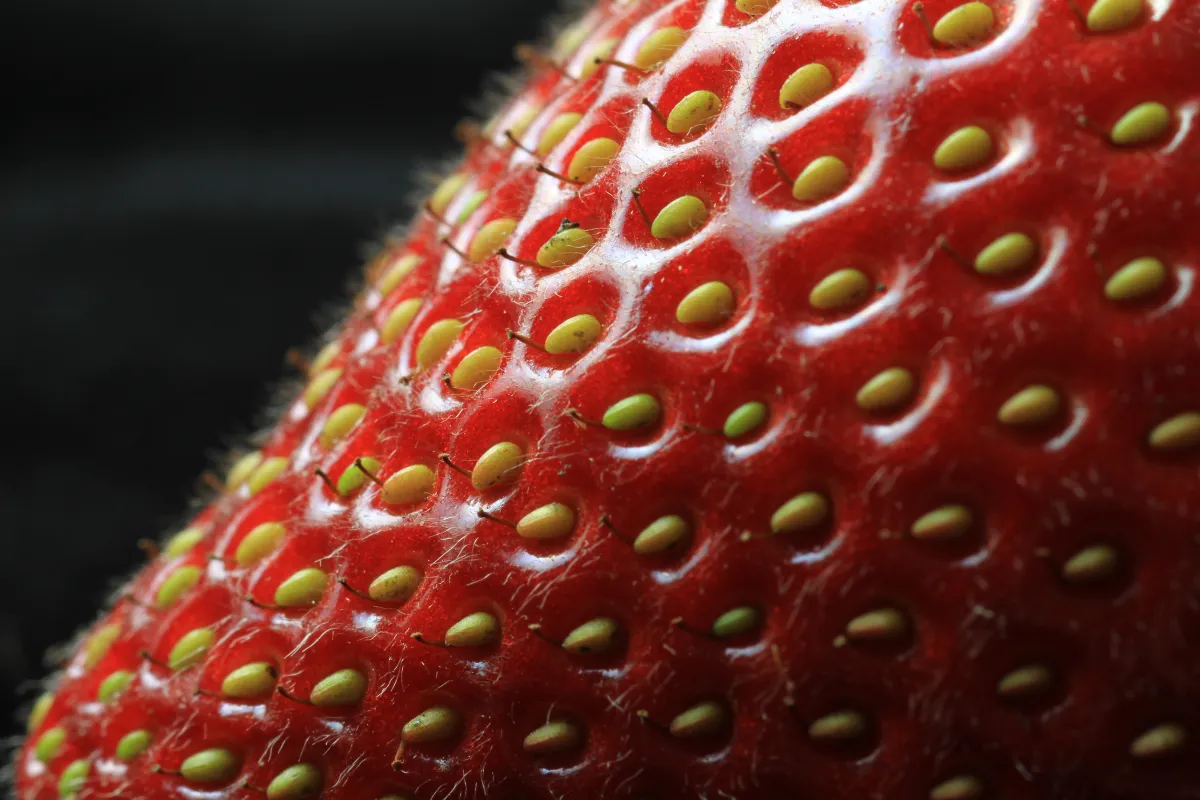
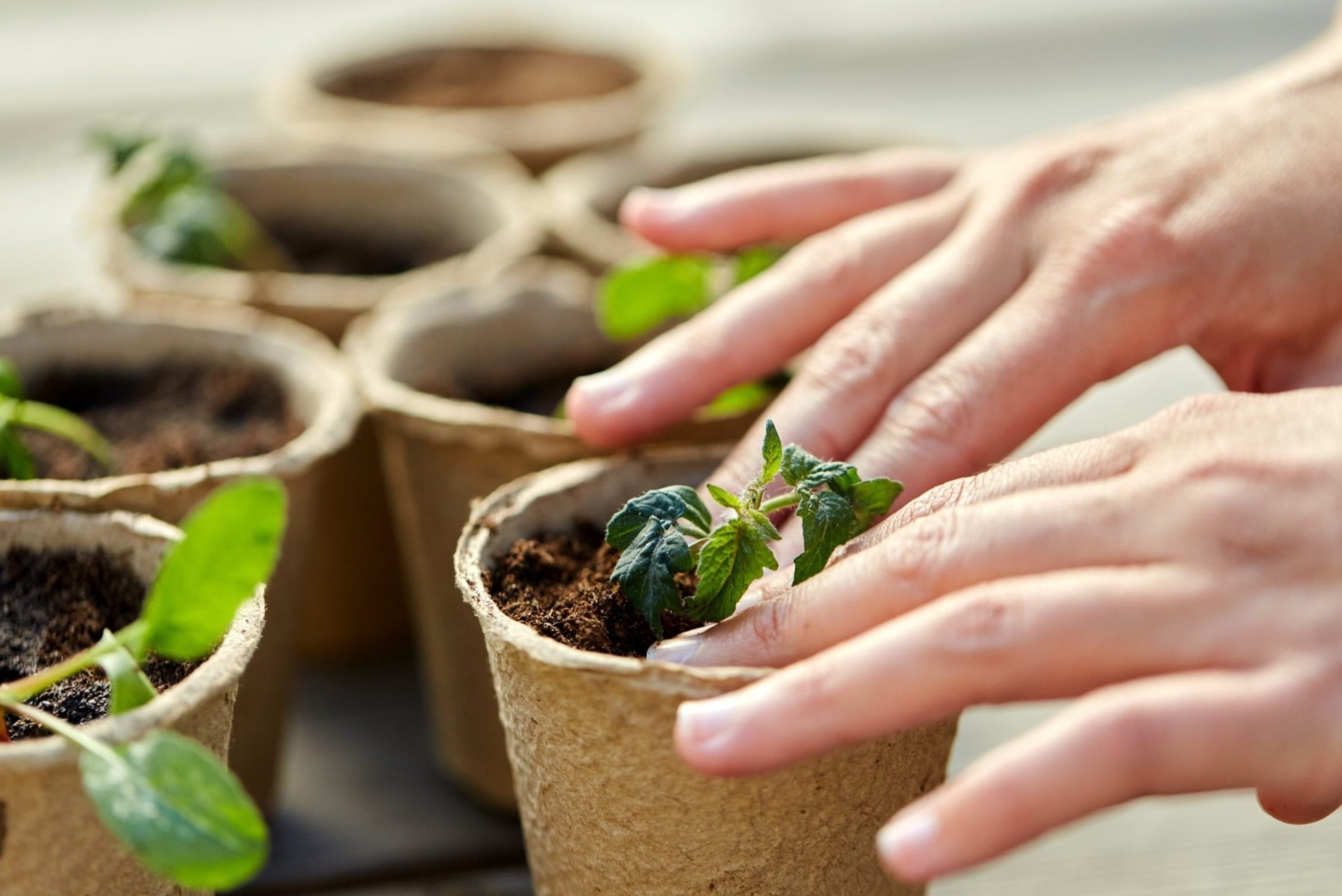
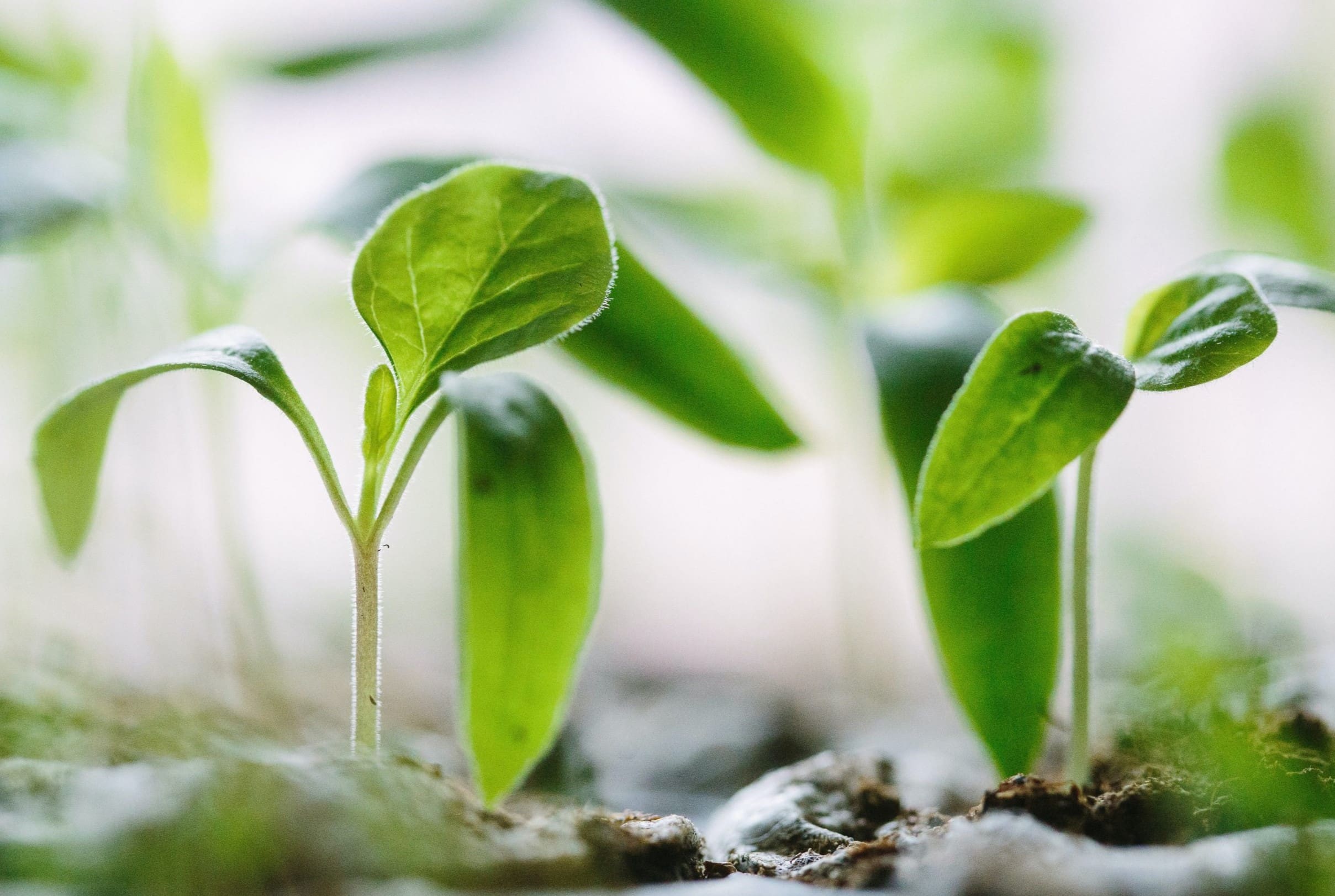
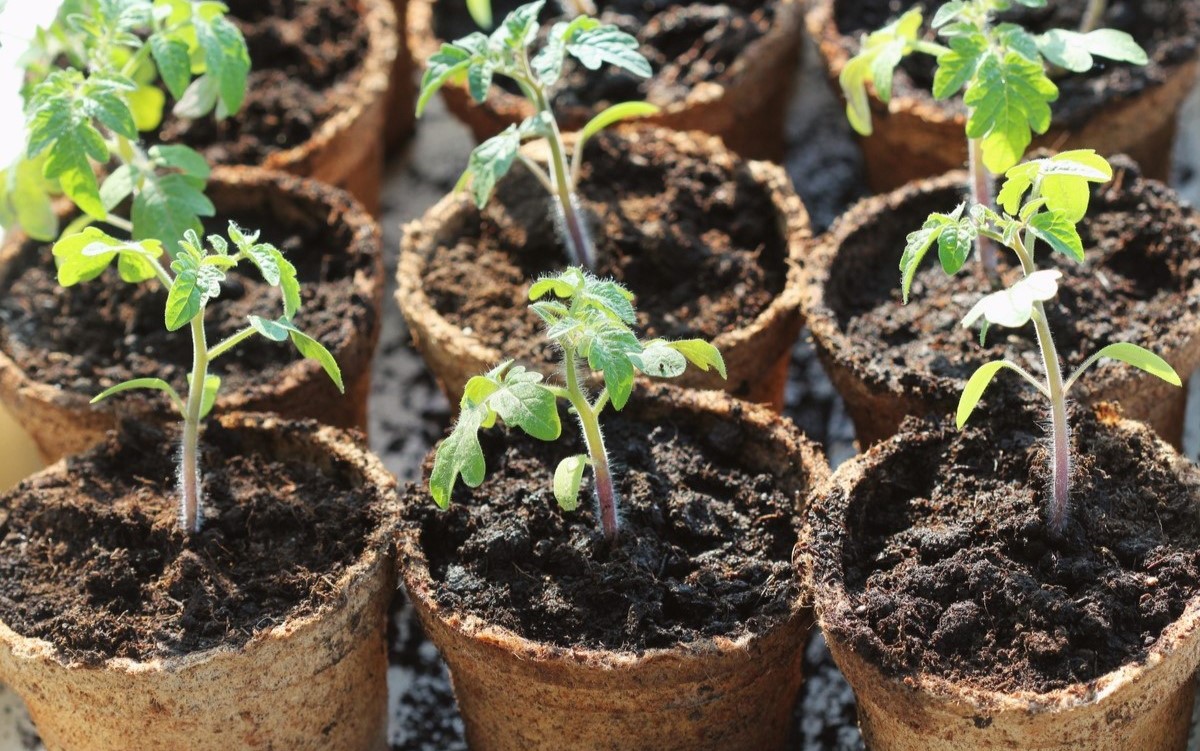
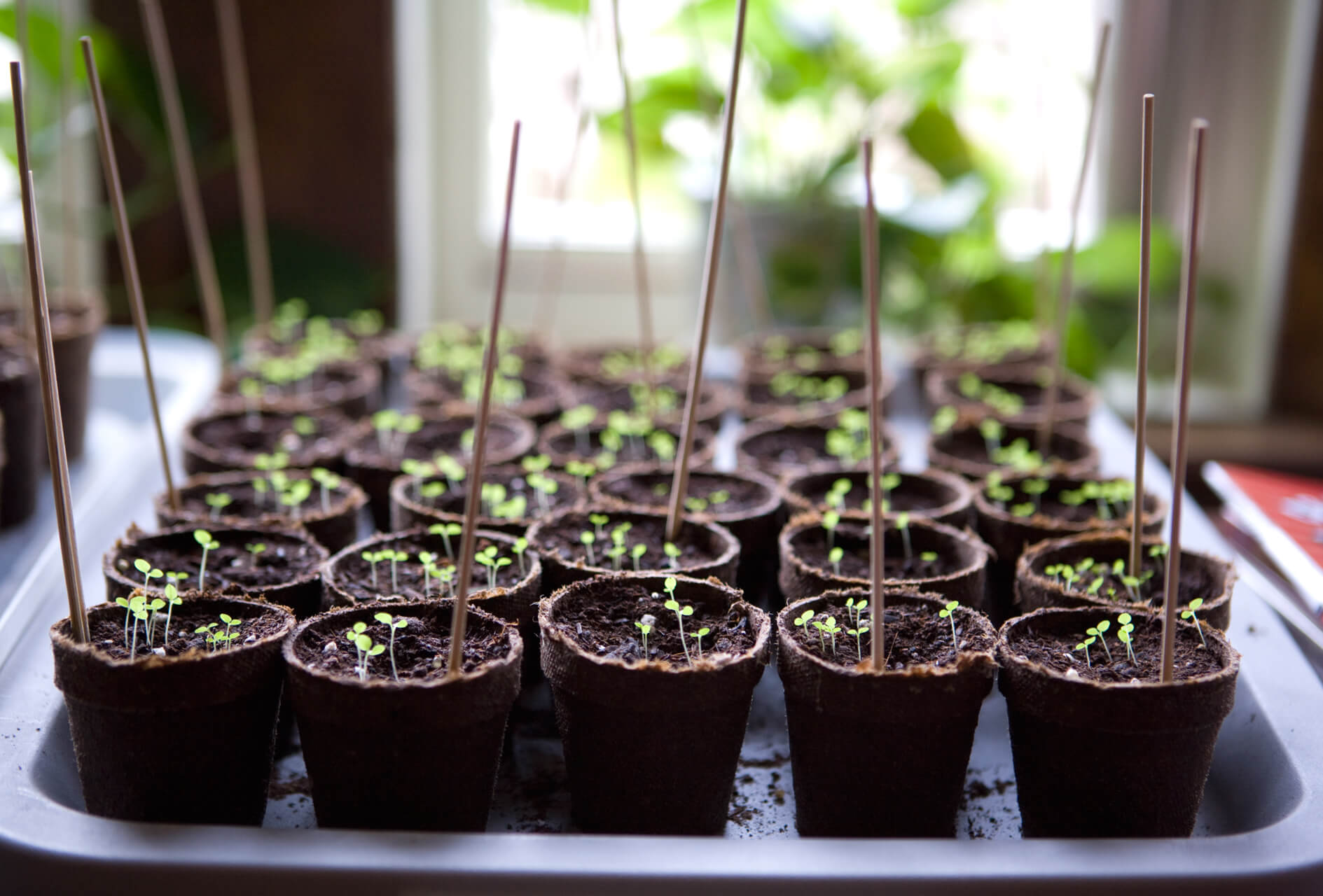
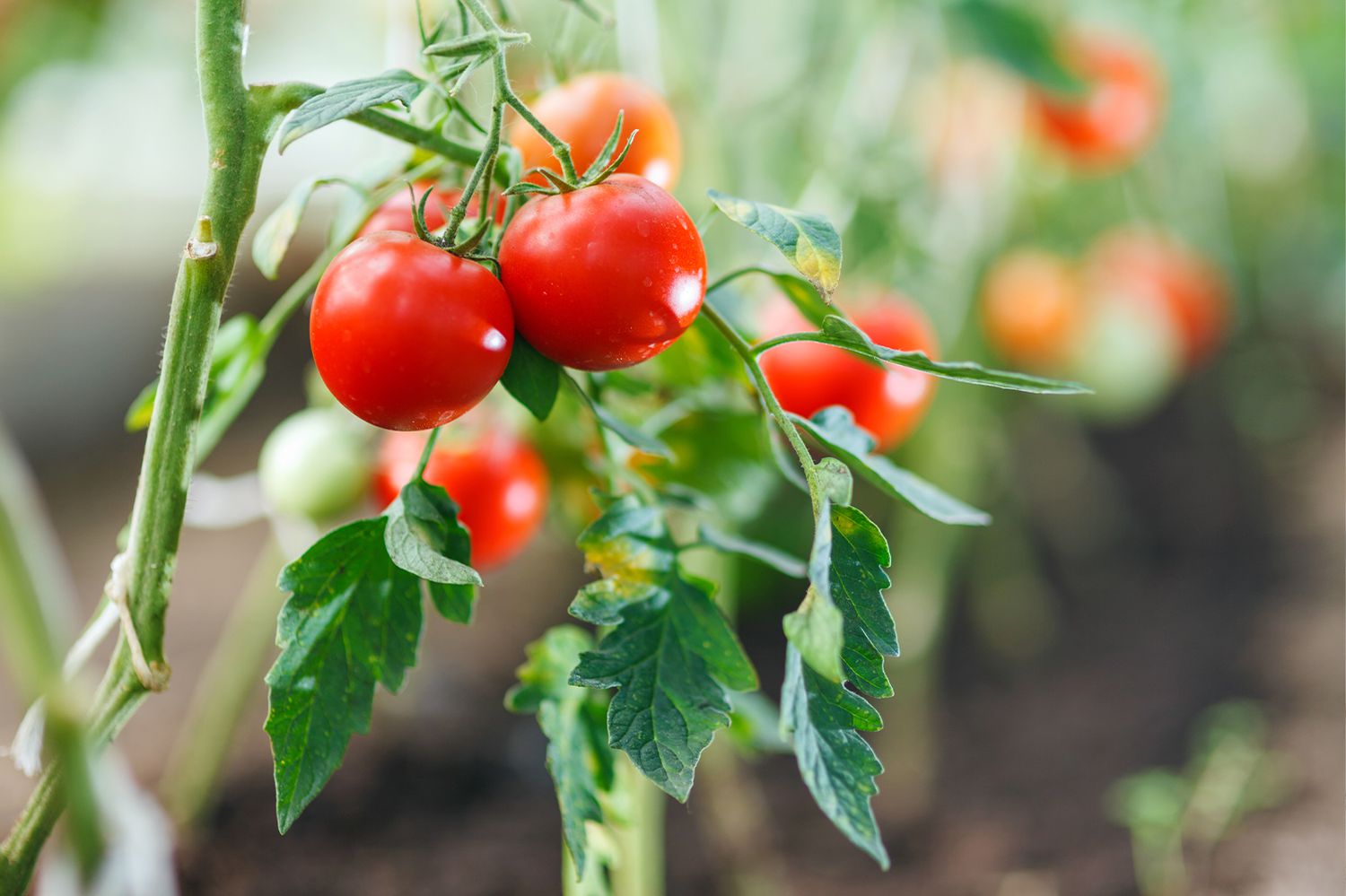
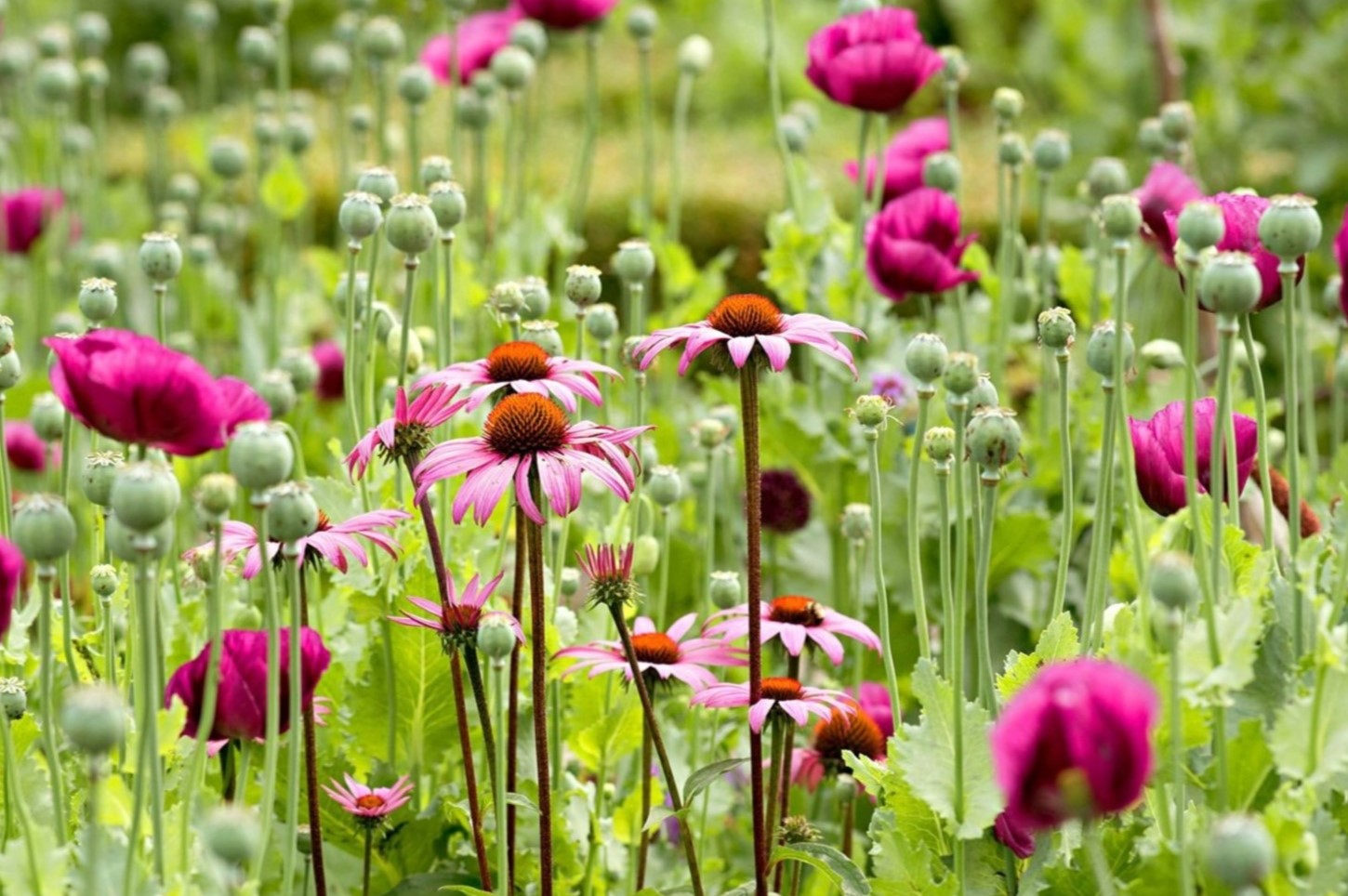
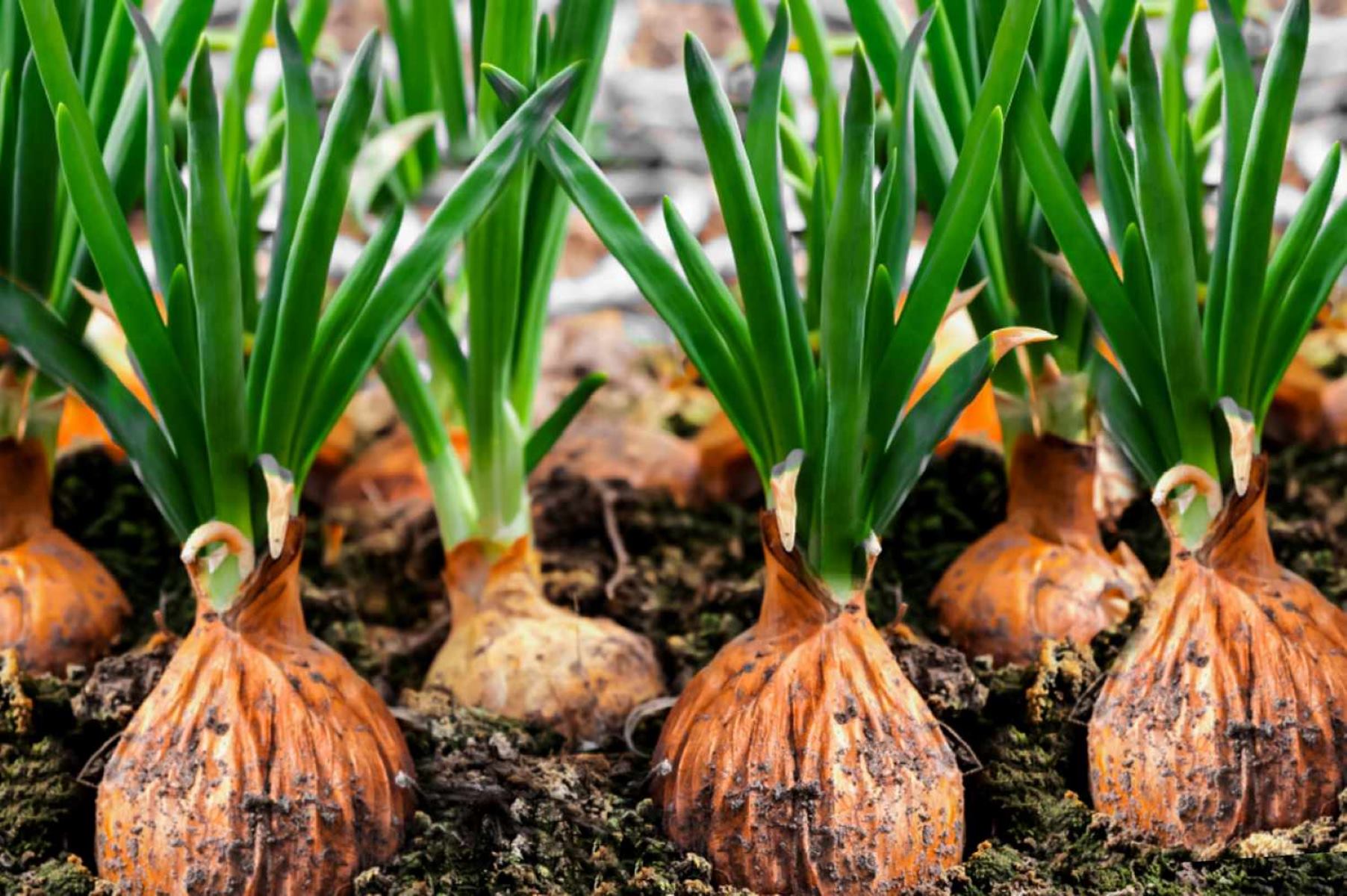
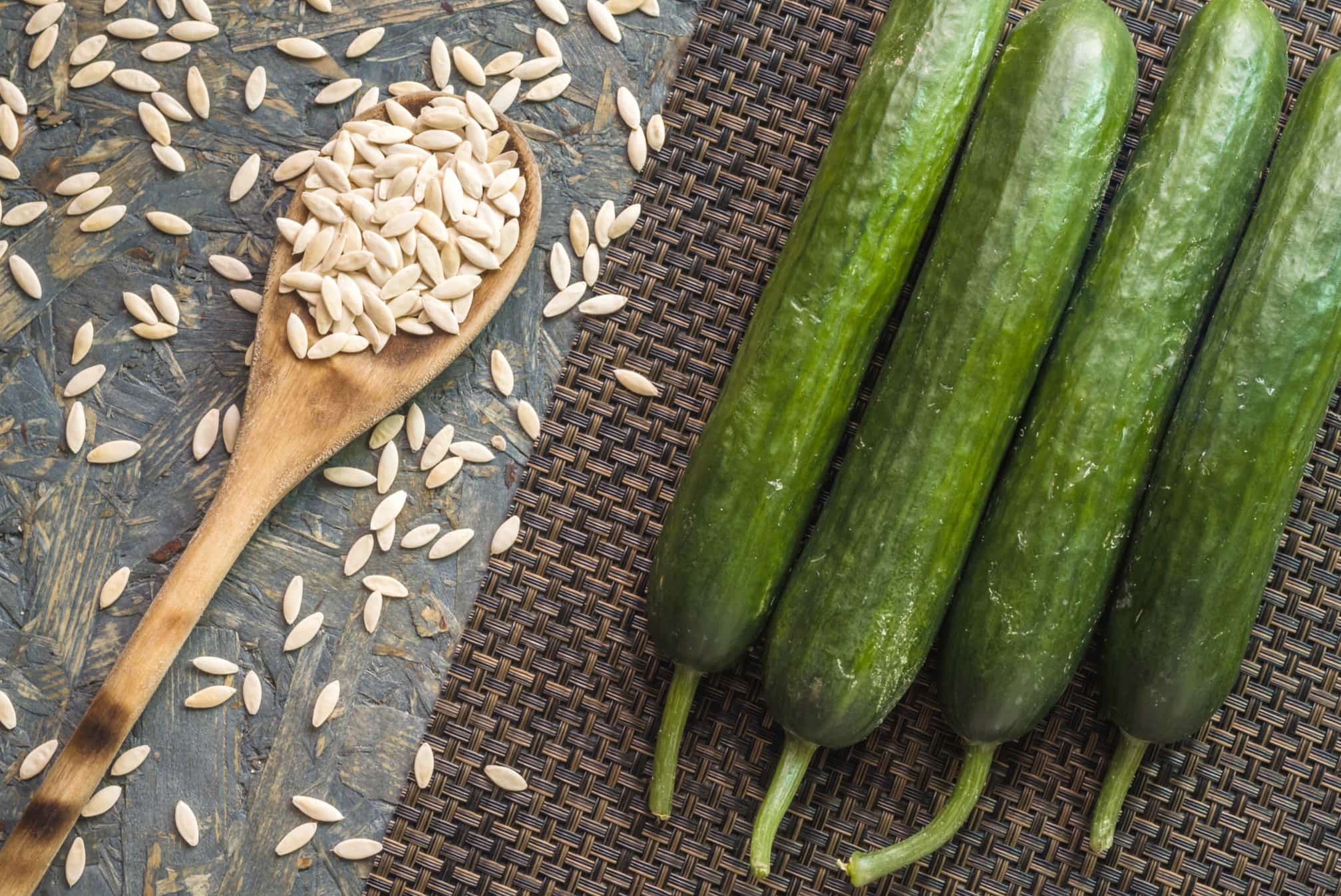
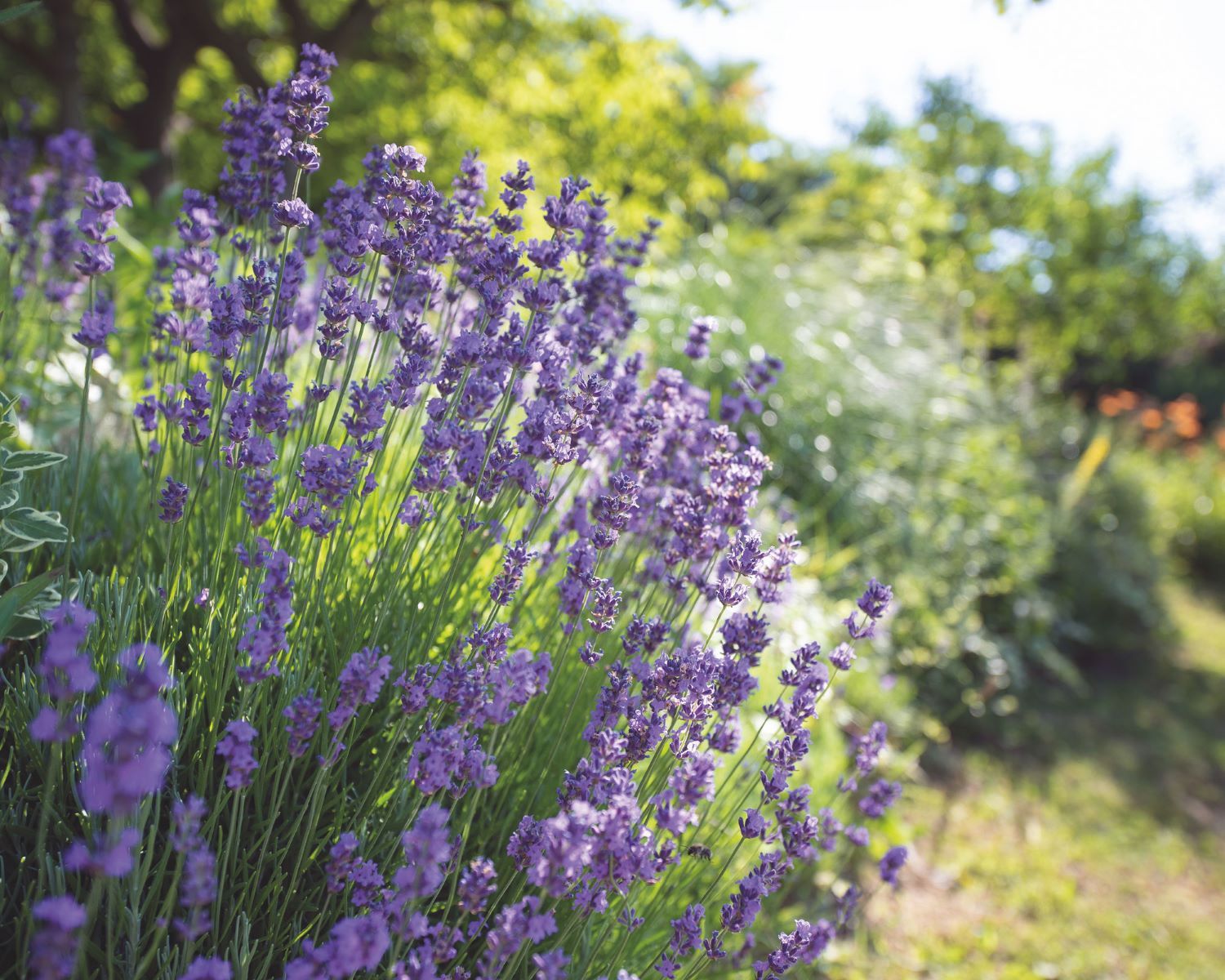
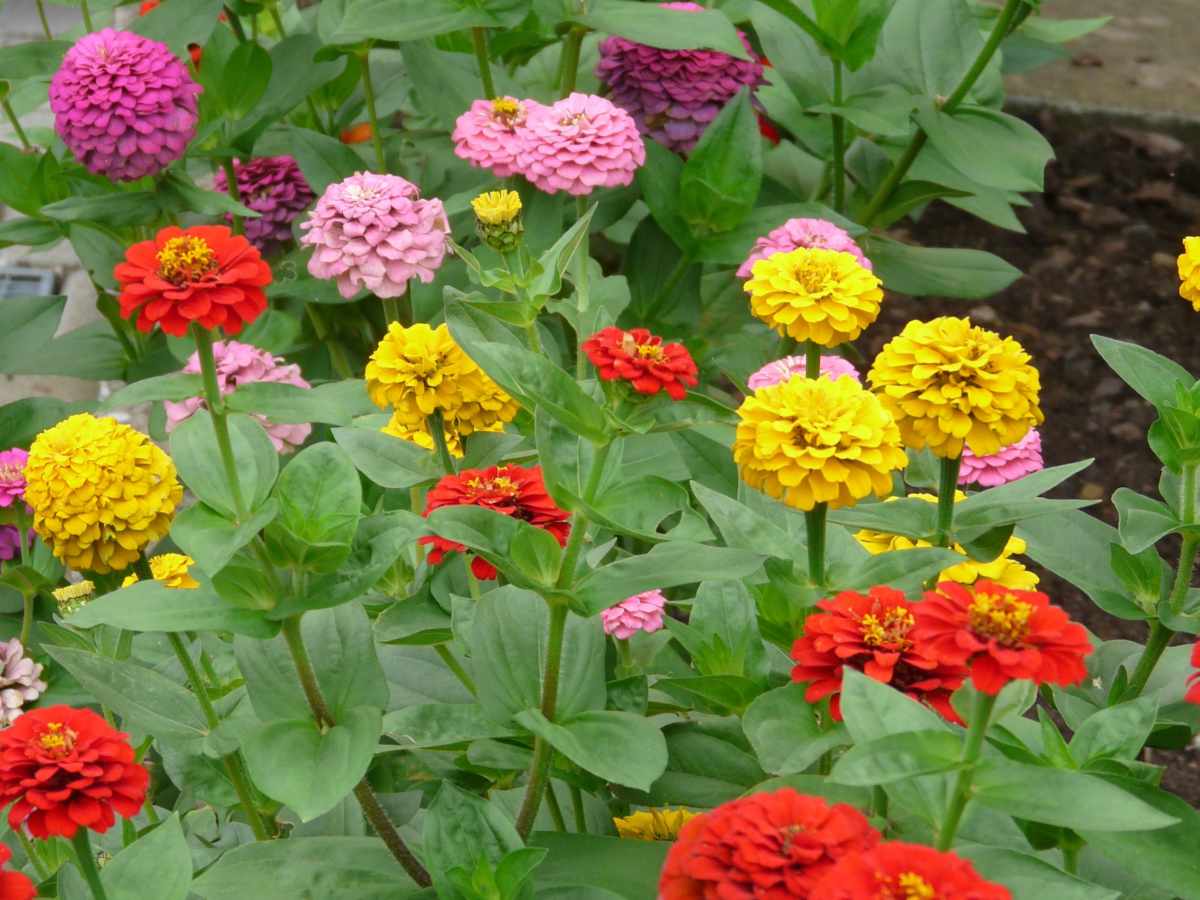
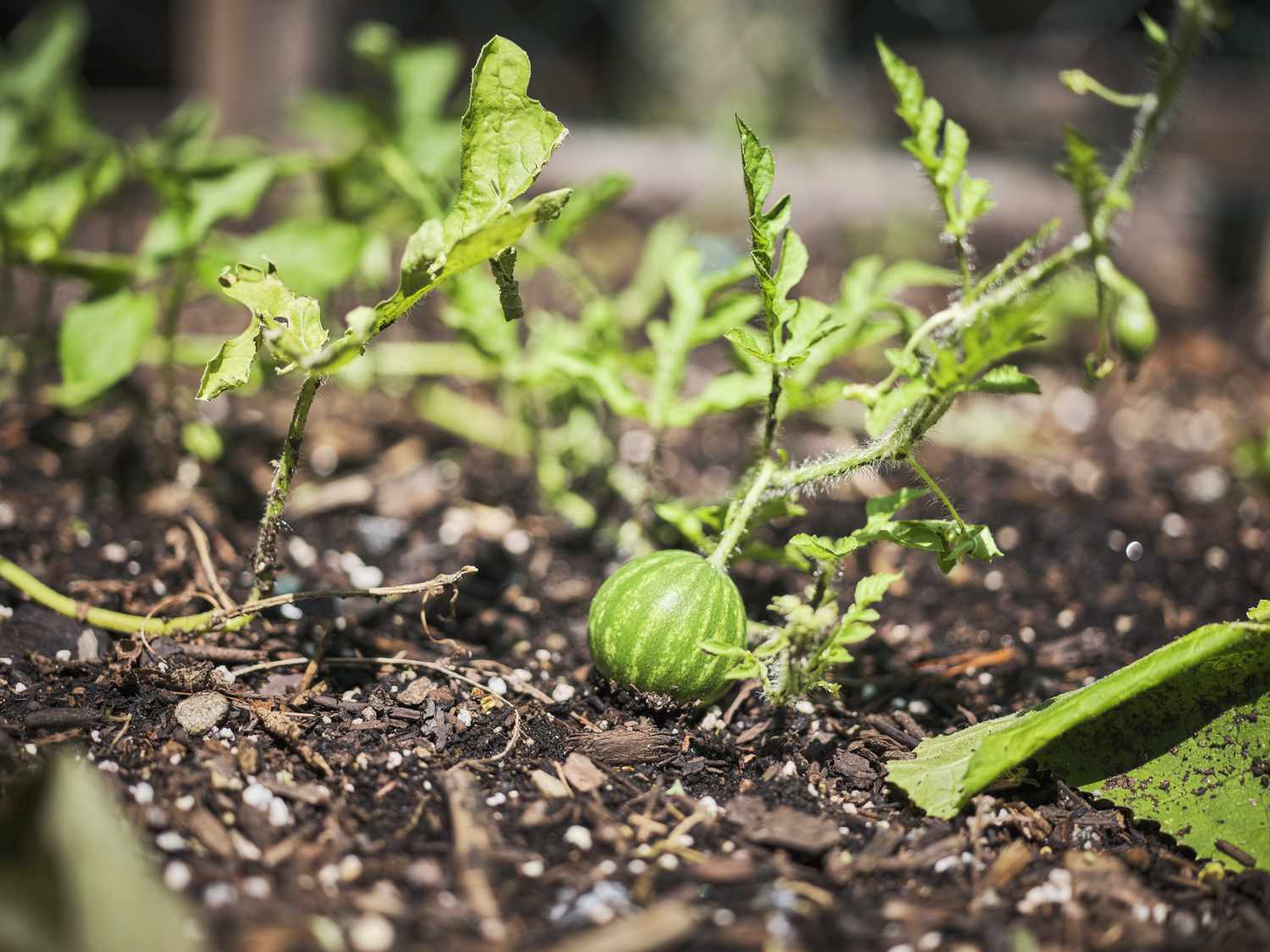
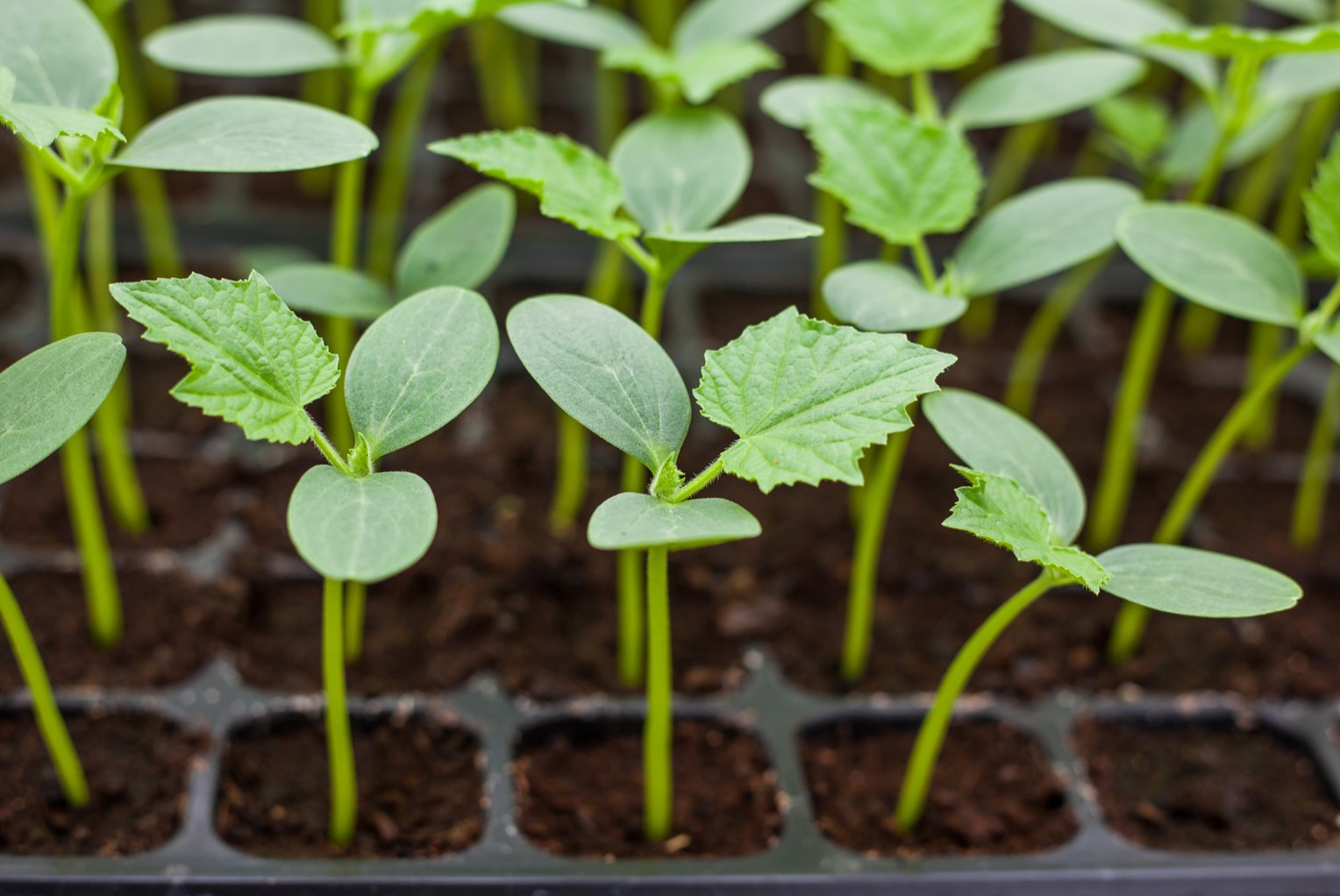

0 thoughts on “When Should You Start Planting Seeds”